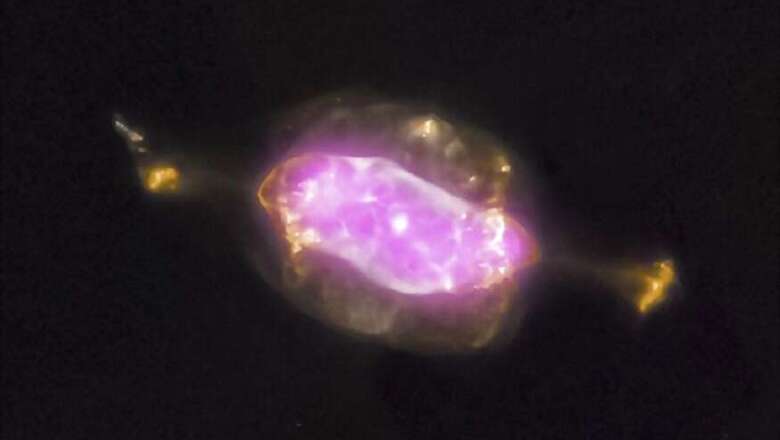
views
Astronomers have detected a life-enabling organic compound -- methyl isocyanate -- around an infant star system some 400 light-years away.
The IRAS 16293-2422 is a multiple protostar system in a large star-forming region called Rho Ophiuchi in the Serpent Bearer constellation.
Harnessing the power of an astronomical interferometer of radio telescopes -- the Atacama Large Millimetre/submillimeter Array (ALMA)-- the researchers observed the methyl isocyanate molecules at wavelengths across the radio spectrum.
They found the unique chemical fingerprints of the compound in the warm, dense inner regions of the cocoon of dust and gas surrounding young stars, which were in their earliest stages of evolution.Also read: Haier 4K-Curved TVs Launched, Get Features Like Smartphone Connectivity, Auto Volume & More
The results, to be published in the Monthly Notices of the Royal Astronomical Society, showed that methyl isocyanate gas surrounds each of these young stars.
"This family of organic molecules is involved in the synthesis of peptides and amino acids, which in the form of proteins, are the biological basis for life as we know it," said Niels Ligterink from the Leiden Observatory in the Netherlands.
"We are particularly excited about the result because these protostars are very similar to the Sun at the beginning of its lifetime. It has the same sort of conditions that are well suited for Earth-sized planets to be formed," said Rafael Martin-Domenech, Centro de Astrobiologia in Madrid, Spain.
"By finding prebiotic molecules in this study, we may now have another piece of the puzzle in understanding how life came about on our planet," Martin-Domenech said.Also read: These Apple Vintage Sneakers Will Cost You $15,000




















Comments
0 comment